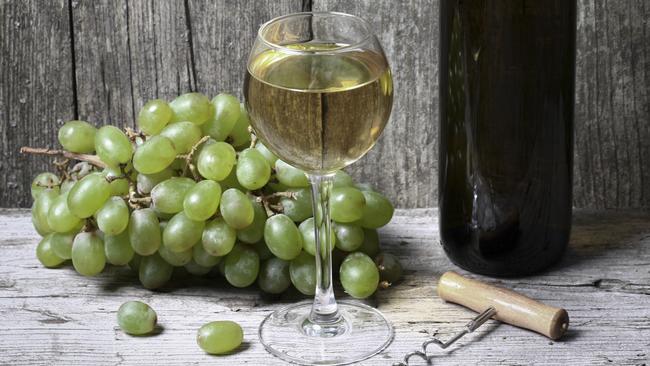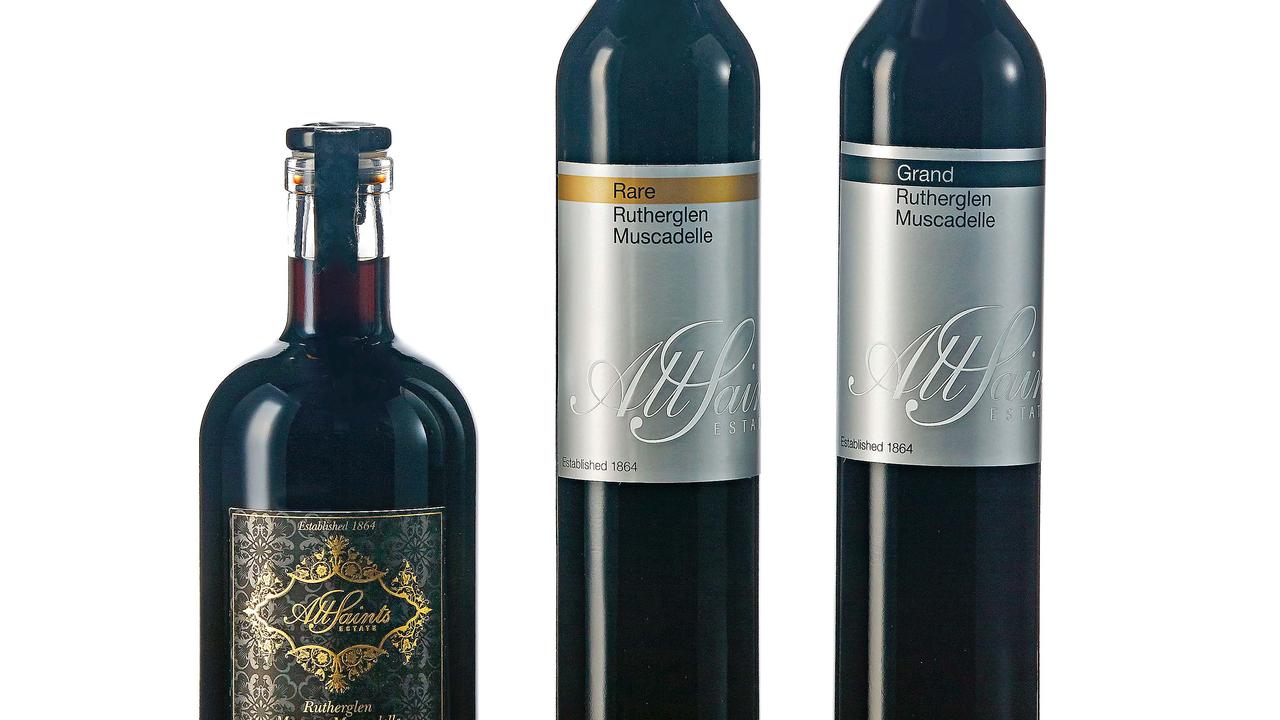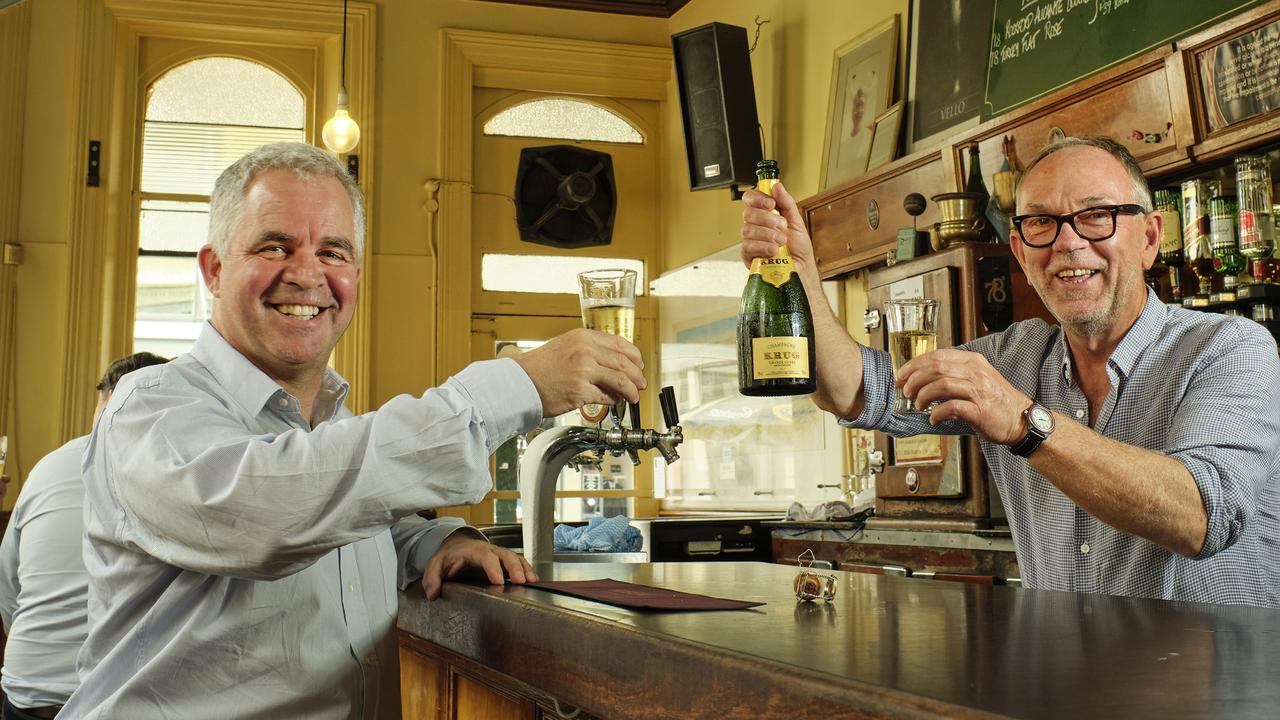Natural wine, orange wine and pet nat - the millennials’ choice
Younger wine buffs and their preference for natural, no or low-intervention drops are challenging the way we drink.

It’s a Friday afternoon. You’ve finished work and taken a seat at the new wine bar everyone’s talking about. You’re not sure what to drink and the sharp young waiter talks of a sauvignon blanc from the Loire Valley.
You dive in. But it’s not what you expected: a luscious, dry Sancerre style came to mind, and what is poured is a cloudy, pale drink. It’s fresh and vibrant but there’s an oxidative character on the nose and palate: the word funky comes to mind. You consult the wine guy, who apologises, saying perhaps he didn’t explain it properly. “It’s a natural wine, little to no intervention, fresh and delicious,” he says. “It’s the way of the future in the wine world.”
So said the young sommelier at a Melbourne wine bar I visited recently.
It’s a big statement. The natural wine movement has planted its flag in the global ground and its popularity is rising fast, especially among millennials. The list of restaurants building their lists around natural wines — also known as low or no-intervention wines — is becoming longer by the day.
Think Noma Sydney, the 10-week pop-up at Barangaroo; also in Sydney, Billy Kwong, Automata and Quay; in Melbourne, Embla and The Builder’s Arms; 1889 Enoteca, Brisbane; Lalla Rookh Bar & Eating House in Perth; Franklin, Hobart; and Cork Wine Cafe, Adelaide; while the list of restaurants including at least a smattering of natural wines is far longer.
In fact it’s fair to say a contemporary, aspirational restaurant that doesn’t list any natural wines is becoming hard to find in the eastern capitals.
No doubt about it, millennials are changing the way we experience wine. But is it all for the better?
You don’t have to go far to find those in the wine world with serious concerns about the implications of this fixation on the new. More experienced wine drinkers are referring to it as the “Portuguese merlot” problem or the “Slovenian chardonnay” crusade, a disparaging reference to natural-wine supporters’ shift away from classic wines from classic regions.
Many are asking: are the great wines of the world being overlooked in favour of obscurities? Is the current crop of young wine professionals failing the greater world of wine?
Millennials’ appetite for social media has spurred the growth in popularity of natural wines worldwide. A recent Wall Street Journal article on the phenomenon in the US by wine writer Lettie Teague quoted the 29-year-old head sommelier of Batard restaurant in New York, Jason Jacobeit. “So many millennials are interested more in the narrative of the wine rather than the wine,” he said. “A lot of mediocre wine is being sold on the basis of a story.”
Is this the case in Australia?
Tim Watkins, 38-year-old head sommelier at Automata in Sydney’s inner-city Chippendale, believes many young consumers chasing “the new” are driving a lot of the natural-wine scene’s “hype and hysteria”.
“I am very excited about natural wine. However, I believe the quality of the product should always come before a good story,” he says.
“It does make me wonder if a lot of these millennials actually take the time to sit down and independently assess and make an independent judgment on these wines. Or do they form a lot of their opinions based on how frequently the said wines appear in their Instagram feed?”
Andrew Davey, 33, a consulting winemaker in Victoria’s Western District (and on the millennial cusp himself), says: “I think that often millennials are too keen to jump to being experts without listening to more experienced people around them, and are too willing to be experts without spending the time it takes to understand something.
“I am very wary of being self-righteous about this but with regard to experts, I will listen to the older, more experienced people around me.”
In general, natural wines seem to polarise drinkers.
There are those who understand and love natural wines — generally a younger audience, looking for something different (even though wine has been made with no additives for thousands of years); and those who don’t like them or understand them — generally, but not exclusively, older drinkers accustomed to wines made with intervention (the addition of yeast or sulphur, for example) by the winemaker.
“The diplomat in me likes to think I can have a foot in both camps,” says Watkins, “as my approach to this subject firstly comes down to the quality of the product. For me that is paramount.”
Sam Hooper, 33, national sales manager for wine company CellarHand, happily admits to favouring conventional wines. “I don’t have any real leaning towards or against low-maintenance wines, but what I do have is a desire to drink balanced wine that talks of where it is from.”
Hooper finds that the more extreme end of low-maintenance (natural) wines — what he describes as very oxidative wines — don’t convey that sense of place as often as he’d like.
The basis of enjoying wine is in the flavour and Hooper says much of the low-maintenance approach to making natural wines — for example, skin used in white wine for textural or for acid adjustment purposes, the addition of low or no sulphur — can be divisive. “These things can be a positive as long as the wine tastes good.”
Nick Hildebrandt, co-owner of Sydney’s Bentley, Yellow and Monopole, credits the natural-wine movement with helping to re-energise interest in wine in Australia, especially among younger drinkers.
“I enjoy wines on both sides of the fence,” he says. “There are some very thrilling, well-made and thought- provoking wines on both sides. Equally there are many examples of very poorly made and frankly undrinkable wines on both sides as well.”
It’s important, he says, that young sommeliers are given the opportunity to taste the great classic wines of the world. “In all of my restaurants the wine staff have the opportunity to taste great wines at work,” he says. “Yes, they are expensive. However, it is mandatory for us to taste a wine before it is served to the customer.”
Andrew Joy, 37, manager of new Melbourne wine bar Marion, puts the focus on the customer in helping them understand what they’re ordering. “I like wine that tastes good, full stop. In its essence, wine should be a delicious beverage, and when we try and pass off beverages that in their essence aren’t delicious with a blanketing term like ‘natural’, I feel we may be doing a disservice to the drinking enjoyment of the public.”
Joy says it’s important to remember that winemakers will tailor their product to suit the market, so it’s up to restaurateurs, sommeliers and wine merchants to consider where they stand regarding winemaking styles.
“It’s important to maintain a balanced understanding of what is the greater world of wine and try not to be narrow in our vision,” he says. “To make and understand truly great wine, you must understand the history of wine, and that is understanding the great wines of the world and appreciating they can be made in many different ways.”
Andrew Davey takes the argument further. “A high-quality wine is one that reflects the vintage and region and this, for me, is the holy grail of winemaking,” he says.
“I think natural winemaking is a representation of ego. Spoilage characteristics, through lack of preservation, are ones that move wines away from both region and vintage and towards ego and story.”
The debate brings to mind the perennial argument over the Western literary canon. That, too, sees supporters of the classics deride the obsession with the new as a textbook example of the emperor’s new clothes, while those on the other side deride the classicists as stick-in-the-muds.
Whichever way you look at it, it’s a debate with a long way to run. So next time you order a glass of wine when you’re out, remember this: it’s no longer just a relaxing and enjoyable drink: it’s a cultural and ideological statement. Order carefully.
Know your new wines
Natural or low-intervention wines are not the same as organic or biodynamic wines. Natural wines entail low or no intervention in the cellar. There’s no addition of yeasts or adjustments to sugars or acidity by the winemaker after the grapes have been harvested and crushed. Makers of natural wines may use a touch of sulphur dioxide — debatable in some circles — but nothing else.
Orange wines are made from white grapes that are left in contact with their skins (these skins vary in colour) for given periods of time, depending on the maker, which gives them an orange colour and increases the tannins in the wine.
Pet Nat (petillant naturel, or naturally sparkling) wines are made from white and red grapes and created by taking wines that are still under ferment, bottling them and allowing the fermentation to finish in the bottle. They’re the scruffy second cousin of sparkling wines and Champagne — bold, brash and refreshing.


